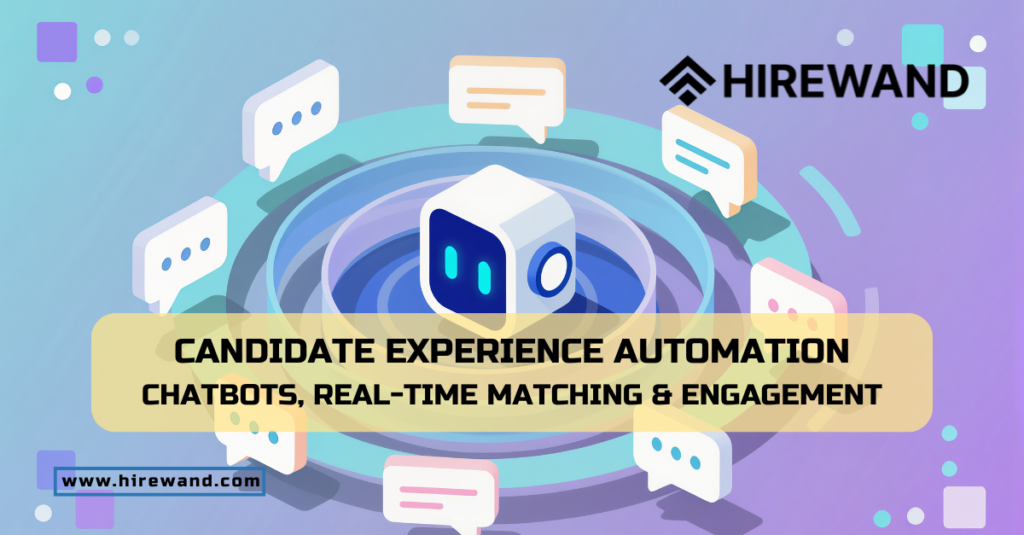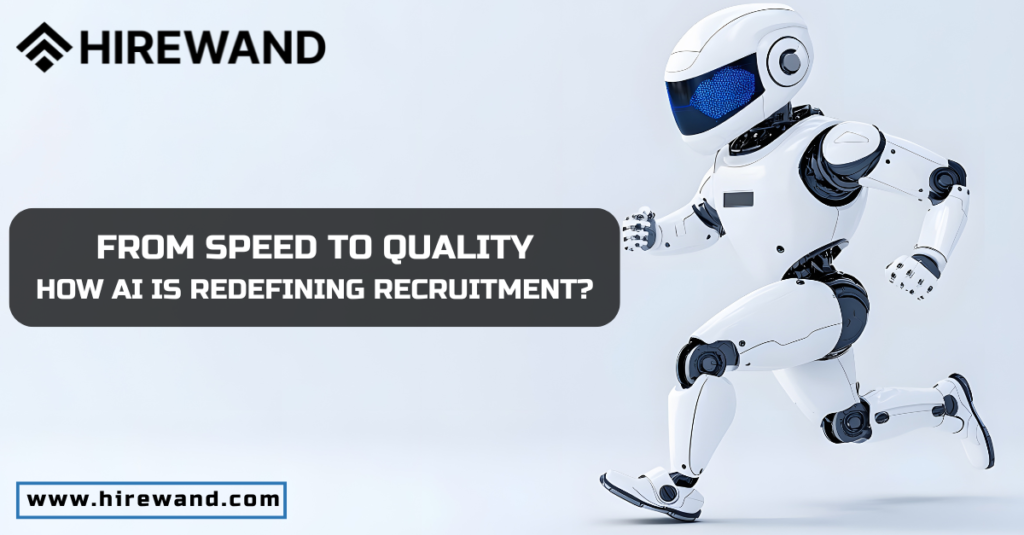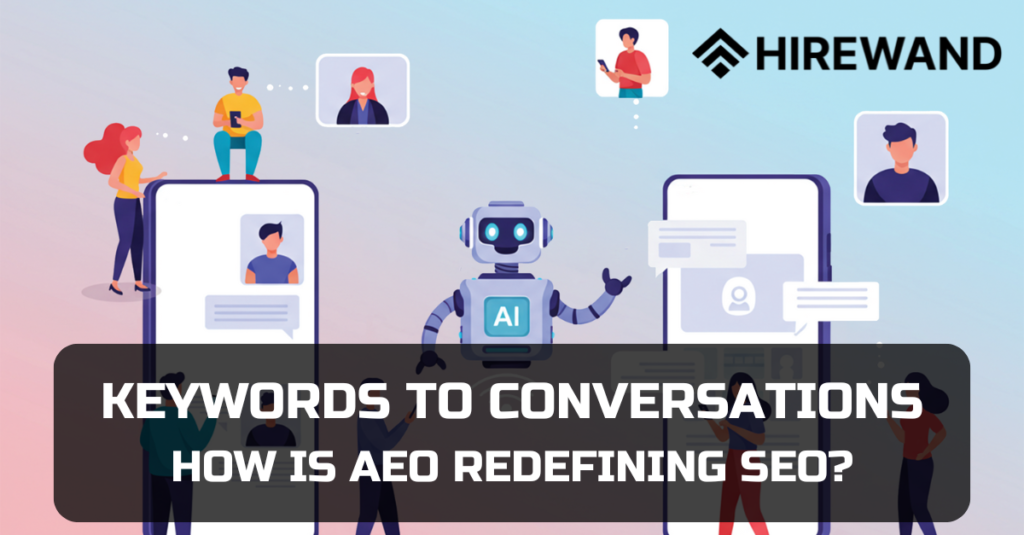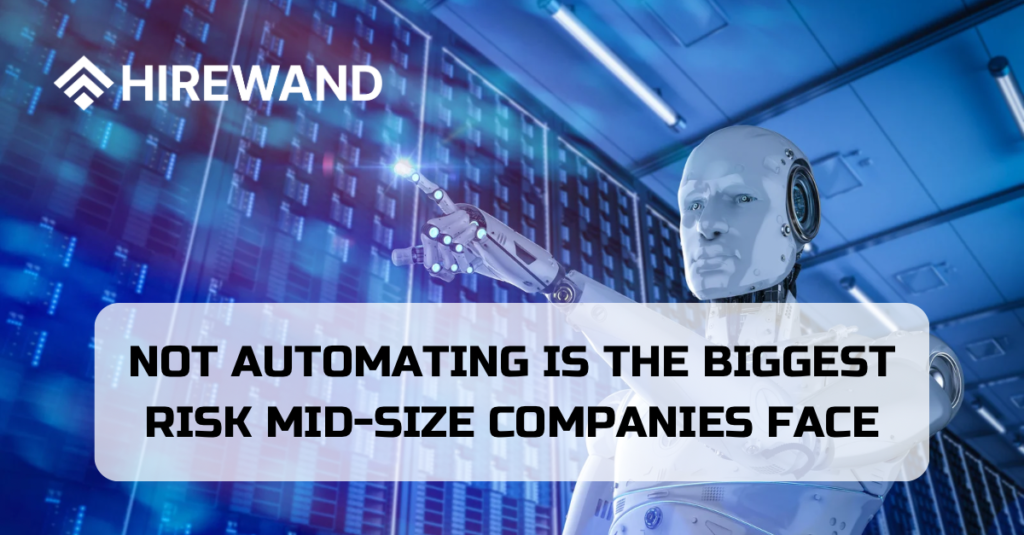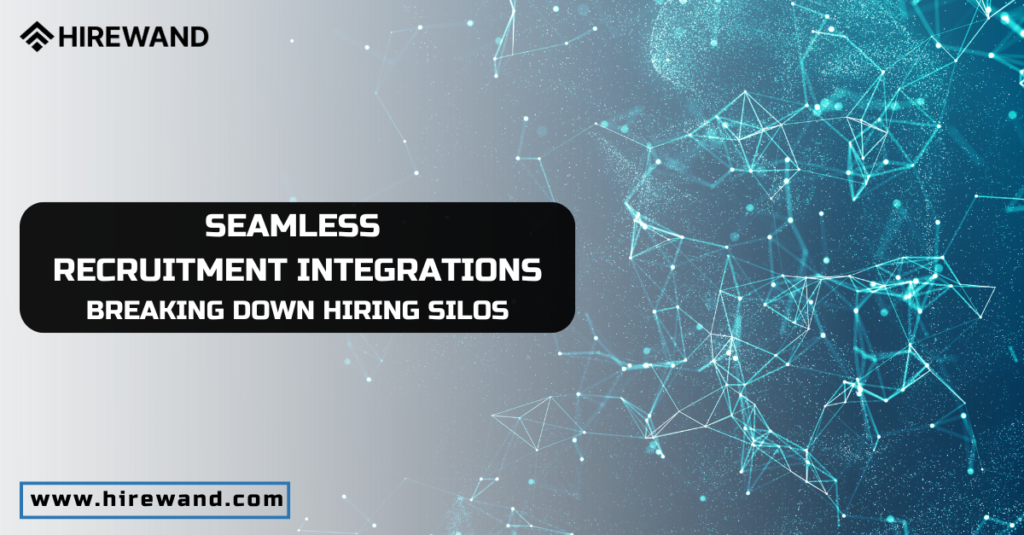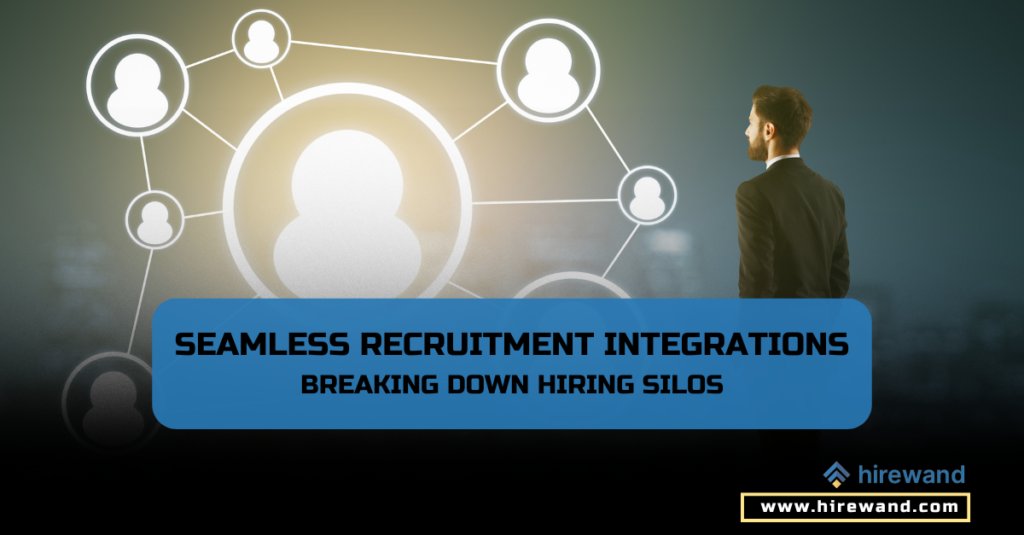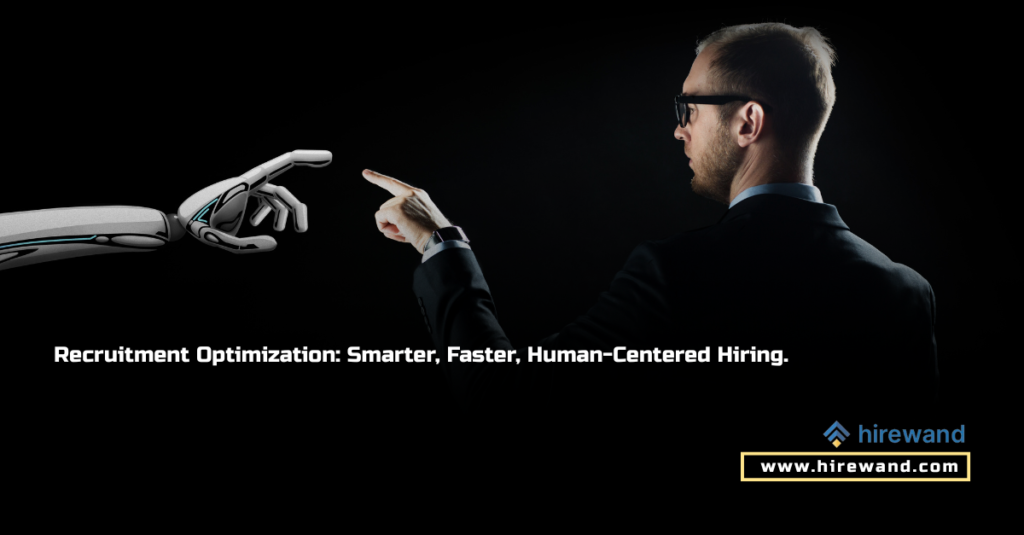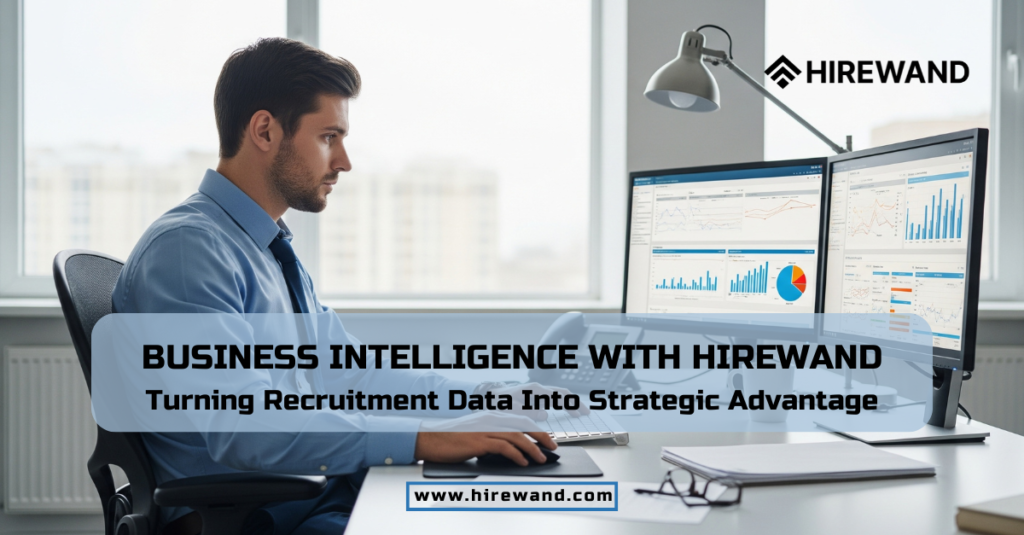
In today’s hyper-competitive hiring landscape, talent acquisition teams are under unprecedented pressure—not only to hire fast but to hire right. Recruiters, HR leaders, and business stakeholders are expected to make decisions informed by data, predict market trends, and optimise hiring funnels in real-time. Yet most organisations still face the same roadblocks: fragmented data, manual reporting, and a lack of real-time visibility into what’s actually happening in their hiring pipelines. This is where Business Intelligence with Hirewand steps in—transforming scattered recruitment data into clean, actionable, and strategic insights.
Hirewand’s Business Intelligence features aren’t just dashboards; they are a complete intelligence layer that empowers teams to make informed, aligned, and forward-looking decisions while integrating seamlessly into existing workflows.
1. No-Code, Customizable Dashboards for Every Role
Recruitment data means different things to different stakeholders:
- A recruiter wants to see candidate pipeline velocity.
- A hiring manager cares about shortlist quality and interview conversion rates.
- A CHRO wants cost-per-hire, time-to-fill, and diversity metrics.
- A business leader wants to understand hiring velocity relative to revenue goals.
Traditional dashboards force all of these users through a single, rigid view.
Hirewand fixes this by making dashboards no-code, flexible, and completely role-specific.
Teams can build tailored dashboards without relying on a technical BI team. Metrics, visualizations, and drill-down options can be adjusted in seconds. Whether someone prefers a funnel, a heatmap, or a trend line, Hirewand’s BI adapts instantly.
Outcome:
- Every team member has exactly the insights they need.
- No time wasted waiting on analysts or developers.
- Data becomes accessible, self-service, and democratized.
2. Insights from Operational Data
Most ATS systems capture tons of operational data—but rarely convert it into insights that matter.
Hirewand transforms raw recruitment data into strategic intelligence, allowing companies to answer questions such as:
- Which sources deliver the best-quality candidates?
- Where do candidates drop off most in the pipeline?
- Which job roles have the highest prediction accuracy?
- What intervention can reduce time-to-fill by 20–30%?
- How do hiring bottlenecks align with business OKRs?
By connecting operational hiring events—applications, screenings, interviews, offers—with strategic business outcomes, Hirewand bridges the gap between execution and planning.
Outcome:
- Talent acquisition evolves from reactive to predictive.
- Leaders can forecast capacity and hiring constraints.
- Decisions shift from intuition-based to evidence-driven.
3. Seamless Integration with Existing Workflows
Unlike most enterprise BI solutions that require re-designing workflows, Hirewand’s intelligence layer plugs directly into your existing systems.
This includes:
- Applicant Tracking Systems (ATS)
- CRM/workflow tools
- HRIS platforms
- Assessment systems
- Collaboration tools (Slack, MS Teams)
- Excel, Sheets, or legacy tracking systems
Data flows smoothly into Hirewand, ensuring dashboards and insights always reflect the most recent activity.
Outcome:
- BI becomes a natural extension of the recruitment process.
- Teams adopt insights easily because they match existing habits.
- Integrations eliminate manual work and reporting errors.
4. Informed Hiring Decisions That Align with Business Goals
Hiring is not just an HR function—it is a business function. Decisions made in talent acquisition directly influence productivity, growth, and profitability.
Hirewand’s Business Intelligence aligns hiring with business outcomes such as:
- Quarterly or annual headcount plans
- Revenue or productivity forecasts
- Team expansion timelines
- Diversity and employer branding goals
- Skill-gap analysis and workforce planning
Through clear metrics and predictive forecasting, organizations can evaluate:
- Whether hiring speed is matching business urgency
- Whether quality of hire meets operational expectations
- Whether investments in sourcing channels are justified
- Whether talent availability matches skill demand
This alignment helps TA leaders speak the language of the boardroom—numbers, trends, impact.
Outcome:
- Hiring becomes a strategic contributor, not an operational cost center.
- Business stakeholders gain confidence in recruitment outcomes.
- TA and business teams work in sync, not in silos.
5. Continuous Optimization Through Real-Time Trends & Feedback
Recruitment is not static. Roles evolve. Candidate expectations shift. Market demand fluctuates.
Most companies realize these changes only after hiring performance drops.
Hirewand changes this by delivering real-time insights and continuous optimization loops.
This includes:
- Real-time candidate funnel tracking
- Trending analytics (skills, sourcing, region)
- Feedback-based iterations (candidate, interviewer, recruiter)
- Automated alerts for bottlenecks or anomalies
- Predictive insights into pipeline health
With these capabilities, recruitment teams can iterate workflows, refine sourcing strategies, and improve candidate experience—not once a quarter, but continuously.
Outcome:
- Processes evolve as fast as market conditions.
- Hiring outcomes improve month-over-month.
- Teams eliminate inefficiencies before they grow costly.
Why Business Intelligence Is No Longer Optional in Recruitment
In today’s data-rich but insight-poor environment, organisations cannot afford to operate blindly.
Recruitment teams that adopt BI solutions like Hirewand gain:
- Greater hiring velocity
- Higher-quality candidates
- More predictable forecasting
- Lower cost-per-hire
- Stronger alignment with business goals
Most importantly, BI ensures hiring decisions become scalable and reliable—reducing dependence on intuition and individual experience.
Business Intelligence with Hirewand bridges the gap between data and strategy, empowering companies to hire smarter, faster, and with greater confidence.
Conclusion: Hiring Transformed Through Intelligent Insights
Hirewand’s Business Intelligence capabilities represent a shift from traditional recruitment dashboards to a modern intelligence ecosystem that is:
- Customizable
- Integrated
- Strategic
- Real-time
- Predictive
This is not just a tool—it’s a decision-making engine for modern hiring.
As the future of recruitment becomes increasingly data-driven, organisations that embrace BI will lead markets, attract better talent, and build resilient teams with clarity and precision.
Visit www.hirewand.com
